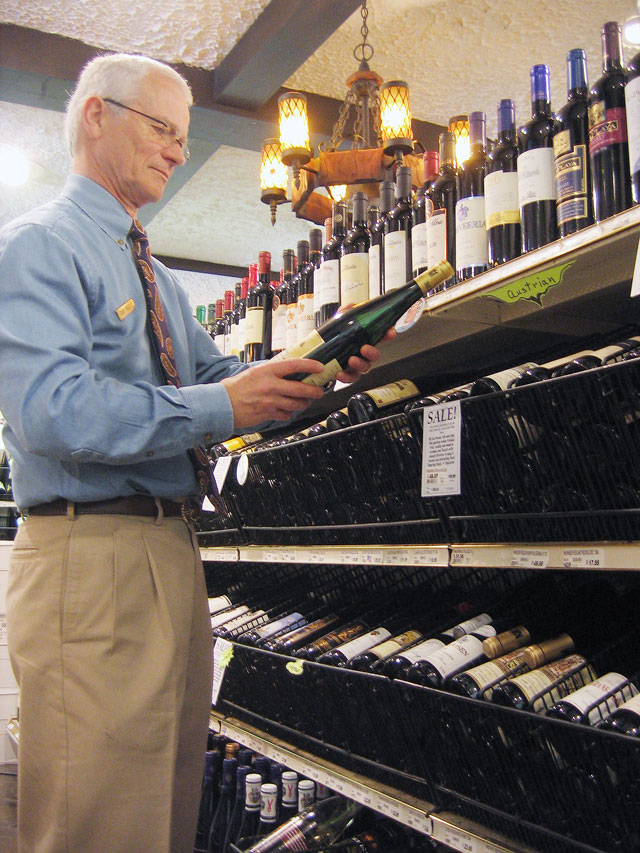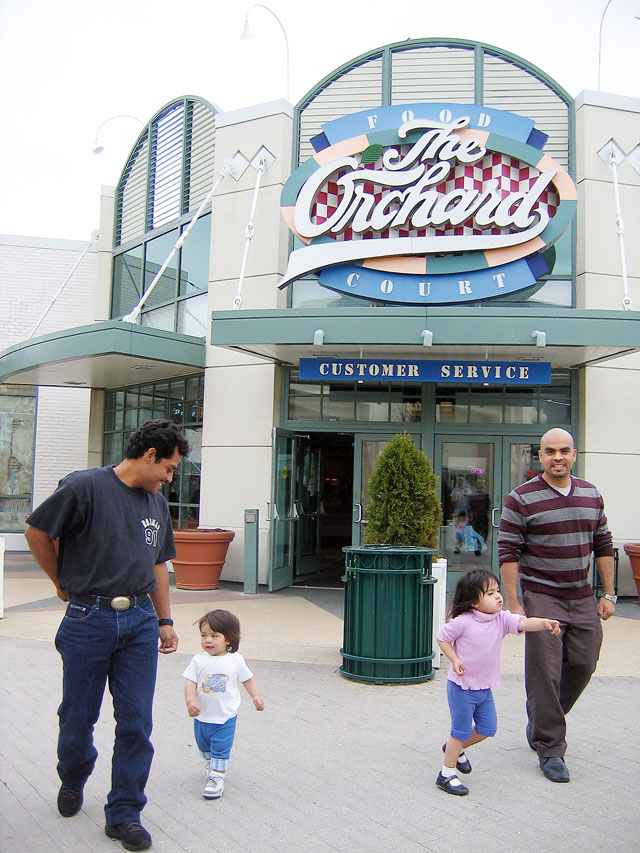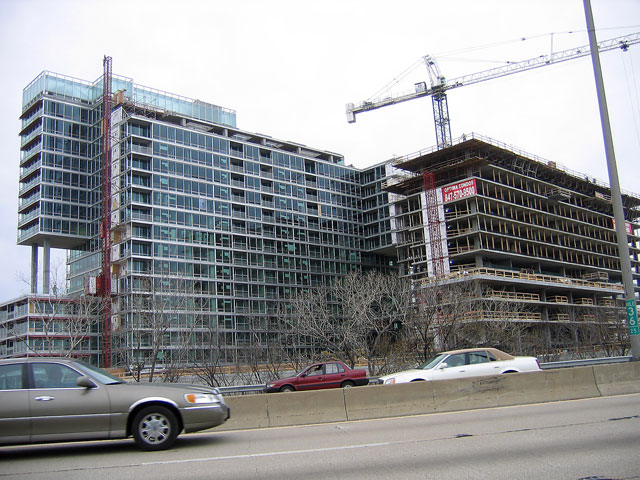
New housing shakes up a ‘burb famous for its stability, diversity
I was a little confused last December when the guy I bought my Christmas tree from wished me “Happy Holidays” instead of “Merry Christmas.” At a bus stop, in a grocery store, okay – I can understand a “Happy Holidays.” But I had just paid good money for a fir tree, and I was about to hoist it onto my shoulder. Was there any question that I intended to celebrate Christmas?
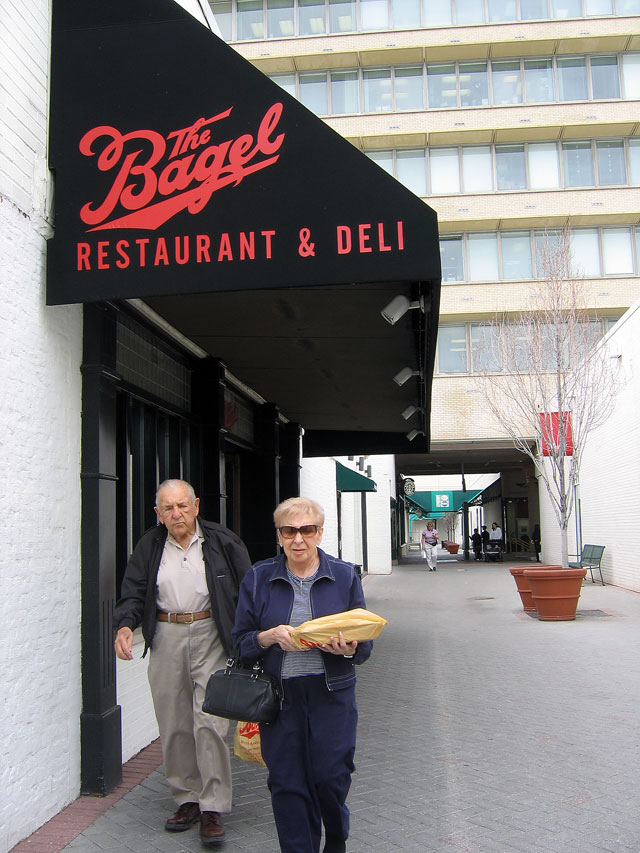
I was appreciative recently, though, when a waitress in Skokie told me to “Have a great holiday” after squaring away my lunch tab at The Bagel. It was a day before Passover, five days before Easter, and she didn’t want to take any chances, especially since I had ordered a smoked turkey Ruben with fries and an iced tea (classic gentile order), but managed to eat all but one spear in the complimentary pickle tray that lands on every table seconds after you sit down – and a sizeable hunk of challah bread and half of a bialy. She was thinking, maybe he is, maybe he isn’t, because one thing Skokie has that most other suburbs don’t is diversity.The town has long been associated with a thriving Jewish community, but the reality is that Skokie boasts one of the most diverse populations in the state. Residents are 66 percent white, 21 percent Asian, 6 percent Hispanic and 4 percent black. Nothing is taken for granted here. Except for those pickles.
“I like the idea of my daughter going to school with kids from several different ethnic backgrounds,” says Elizabeth Blackwell, a writer who moved from Chicago to Skokie five years ago with her husband and their daughter, who is now three and a half. “I think that’s attractive to a lot of people who live here. One of the best things about Skokie is that it doesn’t have a cookie-cutter population.”
It does have one hell of a sweets counter at The Bagel, though, and real chocolate phosphates, like the old-school delis. Showing incredible will power, I passed on all of the above. It was Lent, after all.
Suburban settingÂ
The northwest suburb of Skokie stretches from Evanston on the east to Niles and Morton Grove on the west. Lincolnwood and Chicago form the southern border at Touhy and Lincoln avenues, and Skokie stretches more than four miles north to Wilmette and Glenview. The suburb sprawls across more than 10 square miles, offering an array of post-war brick ranch houses, along with some larger homes that were considered cutting-edge modern when they were built in the 1950s.
There was a time, many decades ago, when Skokie was known as “The World’s Largest Village” due to its rapid population growth in the early 20th century. Today the town is home to more than 63,000 residents and has a thriving transportation system linking it with nearby Chicago. But people who know the village will tell you that Skokie does just fine on its own, thank you very much, despite having a Skokie Swift line in the Chicago Transit Authority’s train system.
“I grew up here,” says Mary Lou Scinto Allen, a broker with Coldwell Banker Martin & Marbry, in Skokie. “It’s a stable neighborhood – what else can I say?”
For lots of Skokie residents, including some who have lived in the suburb for more than five decades, there’s nothing more important to be said. Many bought there in the 1950s as young couples and because of that famous stability, they’ve stayed ever since.
If there is one noticeable color among Skokie’s diverse population, it might be gray. Around 20 percent of residents are 65 or older. There’s a catchy new term for suburbs like this, the so-called “first suburbs,” or inner-ring communities that were built as bedroom communities in the ’50s: NORCs. That’s “naturally occurring retirement communities” for anyone who didn’t peruse the recent Brookings Institution study documenting this phenomenon.
Residents who moved to the suburb after World War II, when Skokie was young, were young themselves at the time. But they’ve stayed in place and aged right along with the suburb and its housing stock. Challenges faced by many NORCs include meeting the special needs of the elderly, who must pay rising property taxes and health care costs, while at the same time encouraging new residents and development.
New developmentsÂ
Skokie has fared better than many, experts say, because its retirees are more self-sufficient and financially solvent than those in some communities. But development has been difficult because so little land is available, other than one-off “tear-downs,” decrepit homes builders demolish to build new ones on a single lot at a time.
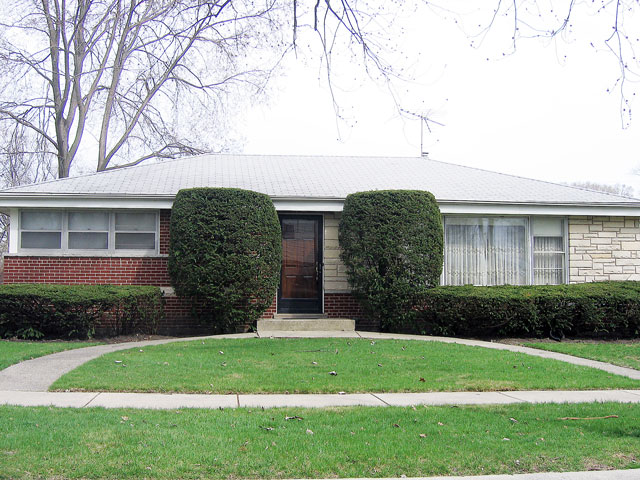 Â But Skokie development received a boost recently with the arrival of one of the most striking single developments the north and northwest suburbs have hosted in years. Looming like a downtown skyscraper over the Edens Expressway near the Lake Street exit, Optima Old Orchard Woods condominiums is a conspicuous addition to the suburban horizon. In typical Optima fashion, the three-tower development is a sight to behold – all sleek lines and sharp angles climbing 20 stories into the sky. People are responding in large numbers to the development, which will be completed in 2007.
 But Skokie development received a boost recently with the arrival of one of the most striking single developments the north and northwest suburbs have hosted in years. Looming like a downtown skyscraper over the Edens Expressway near the Lake Street exit, Optima Old Orchard Woods condominiums is a conspicuous addition to the suburban horizon. In typical Optima fashion, the three-tower development is a sight to behold – all sleek lines and sharp angles climbing 20 stories into the sky. People are responding in large numbers to the development, which will be completed in 2007.
“We’re the fastest-selling project along the North Shore,” says Andrew Zajac, director of sales and marketing for Optima Inc.
Besides the design of the new building – the development consists of three towers named Oak, Elm and Maple, connected by multi-story bridge sections – its proximity to the expressway and the Harms Woods section of the Cook County Forest Preserve are big draws.
Optima Old Orchard Woods will have a total of 665 units when complete. Features include floor-to-ceiling windows, recessed terraces, green roofs, an indoor pool with spa tubs, a sundeck and a tennis court. Each building also will have its own fitness club. The main entrance to the facility, facing the forest preserve, is adorned with a courtyard, a fountain and a reflecting pool.
“There are hiking paths and golf courses right there too,” Zajac says. “And that’s why we’re getting such a great response, primarily because we have a unique product. Everyone else is building vanilla boxes that are usually six stories and brick, with no amenities. People are tired of living in these vanilla boxes, and that’s why they clamor for something out of the ordinary.”
According to Zajac, those homebuyers in search of unique housing range from single young people to empty nesters who want to downsize, and they’ve been paying $270,000 and up for one-bedrooms with indoor garage parking at Optima Old Orchard Woods. Two-bedrooms with two baths start in the $350s, three-bedrooms are priced from the $490s, and custom combinations larger than 5,000 square feet go for as much as $2 million.
Mostly, buyers are arriving from within a five-mile radius, the section of the North Shore that runs from Evanston to Highland Park. About 10 percent of recent buyers have come from Chicago, according to Zajac.
Condo frenzy
Norwood Builders has reshaped another section of Skokie, in the downtown area, with two large projects that are farther along – Madison Place and The Residences at 8200. Madison Place includes 172 units at the corner of Madison and Lincoln. At press time, fewer than two-dozen condos remained at the development, priced from the $270s to the $520s, and some were available for near-immediate move-ins. They have one to three bedrooms and one or two baths, with in-home laundry rooms, private balconies or decks, double-bowl vanities in master baths, radiant forced-air heat and extensive landscaping.
Norwood’s The Residences at 8200 project, located next door, at 8200 Lincoln, includes five townhouses and 38 condos. The condos were priced from around the $220s and the townhouses from the $520s at press time. The condos have one or two bedrooms and one or two baths, with 884 to 1,622 square feet. The townhouses have two-plus bedrooms and 2.5 baths.
The quick move-in date is an advantage, according to Bruce Adreani, president of Chicago-based Norwood Builders. “Buyers in a time crunch can move in quickly but still have time to personalize their new construction,” he said.
The Metropolitan of Skokie, at 4953 W. Oakton St., is another major project in downtown Skokie, this one by Metropolitan Development Enterprises. Metropolitan touts its convenient location, close to coffee shops, the farmers market, the library and village services. The development has 63 units with one to three bedrooms and one or two baths priced from roughly the $380s to the $500s at press time.
Condos in the seven-story building include solid-core entry doors, hardwood floors, nine-foot ceilings, private balconies or terraces, gas fireplaces, granite countertops, Kohler fixtures, breakfast areas and master baths with marble tile and whirlpool tubs.
The product boasts a long list of luxuries, and the prices reflect a market that has seen quick appreciation in recent years.
Median single-family home prices in Skokie climbed to $386,000 in 2005, up 65 percent over the 2000 median of $234,000. From 2004 to 2005, the median home price rose 13.31 percent. The median for condos and townhouses was $148,750 in 2000 and $225,000 in 2005, a 51.26 percent jump.
Continued stabilityÂ
Though housing prices have risen steadily and Skokie is now home to a mini-development boom, in many ways it is still the same old family town that the former Mary Lou Scinto Allen remembers growing up in.
This is another reason Blackwell and her family moved to Skokie.
“Like so many other young married couples, we wanted to start a family,” Blackwell says. “That made us want to move out of our apartment in the city and into a house with a yard. Good public schools were important, too. We still wanted to be close to the city, so we originally looked at Evanston and found out very quickly that we could get much more for our money with much lower taxes in Skokie.”
These days Blackwell finds herself meeting friends for lunch at one of the jewels in Skokie’s crown, Westfield Old Orchard Shopping Center, a comprehensive upscale retail mall featuring restaurants, movies and anchor stores such as Bloomingdale’s, Nordstrom, Lord & Taylor and Marshall Field’s. Smaller retailers range from Talbots and Brookstone to Tiffany & Co.
“I’ve never thought of myself as a mall person,” Blackwell says, “but what’s great about Old Orchard is, it’s outside. People who live here treat it almost like a downtown.”
Which can be good or bad, depending on your perspective. The original “downtown” of Skokie, centered around Oakton and Lincoln, has seen busier days. Several strip malls have clustered near Old Orchard and now the area around the mall has just about everything a shopper would ever need, from shoe and furniture stores to groceries, and the North Shore Center for the Performing Arts, which hosts concerts and live theater productions.
Brad Garrett, who played Robert on the hit TV series “Everybody Loves Raymond,” performed his stand-up routine there on March 22. Before the show he quipped, “I don’t really know anyone in Skokie but I heard there are a lot of Jews there. Which I’m excited about, because I’m part Indian.”
If he ever decides to leave Los Angeles and settle down in a nice Skokie ranch, he’ll fit right in.

